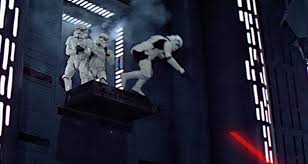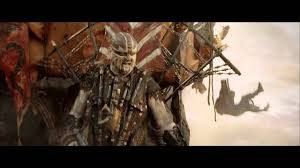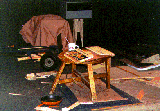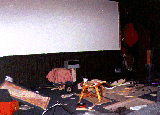Researching foley and what it is and who does it helped tremendously with finding sounds that would match the feel of a robot doing tasks such as the WALL-E video we will be doing, it helped think of ideas that could be used such as coins being tossed or rulers being smacked etc etc.
The term Foley was coined after Jack Foley developed the technique, Foley is the act of creating a sound to match another sound, without it actually being the sound that is intended, such as a coconut being hit to re-enact a horse hoof walking across concrete, it is used within a bunch of media, primarily media of which consists of CG or animation, although it can be used in media of which has neither, such as a historical documentary, where sound would be added to the picture through Foley. (Marblehead, 2020)
Foley audio can range from sounds such as grunts, coughs, claps, to banging, water flowing, screaming, footsteps, mechanical sounds etc, the possibilities are almost endless, as most sounds can be made using a foley counterpart.
I first began researching the meaning of Foley and what it is used for and who does it etc, I stumbled across a rather large array of videos that where extremely helpful in helping me understand more on the topic;
After watching the videos I found some interesting techniques, which allowed me to think about how the sounds within movies are made when I’m watching them, such as how punching and water sounds are made, it also inspired me to think of other sounds i could make.
Upon watching the vides i discovered that Foley has numerous uses, such as creating sounds for a scene where the priority wasn’t sounds, such as a dialogue of which is happening whilst walking, the primary audio would be the characters talking, whilst the secondary Foley audio would be footsteps and other sounds such as a coat hitting the floor etc, these sounds may be dimmed down and may have lower volume as to allow the audience to focus on the character dialogue, it helps world building and creates a sense of realism, allowing the viewer’s interest to heighten.
Much like Foley artists priorities found effects other then dialogue, a Boomer operation focuses on the speech of the characters, and ONLY the speech, this allows the director and editors to have complete control over any outer sounds, for example if a character was at a waterfall attempting to have a conversation, the waterfall would be exponentially louder then the character, this is why foley is recorded in post, and the audio of the foley could be lowered as to make the conversation understandable.
I also began to understand why big budget movies and media hire foley artists, instead of hiring a sound engineer to import the sounds in electronically, which can end up being done poorly, whilst also being less flexible in the sounds created, whilst a Foley artist can create a large number of unique sounds each recording, keeping the audio fresh and new, as reusing the same sound would be pointless.
Once i was familiar with the concept of foley, I began to record the sounds such as a ruler being hit, stretched, a chain being rattled and hit, pencils being moved around and rolled, shoes being stomped, coins being thrown and a radiator being rattled among others, once the sounds where recorded we decided to separate the ones of which would be useful.
Once we separated the sounds that would be useful we looked them over again and decided which sounds would be best overall, we also knew that the sounds could be changed if needed.
After the video of WALL-E was given to us we decided to record even more sounds of which could be used, this was the most successful recording session as it was easier to do because we knew exactly what we were recording for, the sounds recorded weren’t all useful but most where.
A large portion of the most iconic scenes in cinema where filmed using outside using foley artist sound effects, such as the following;


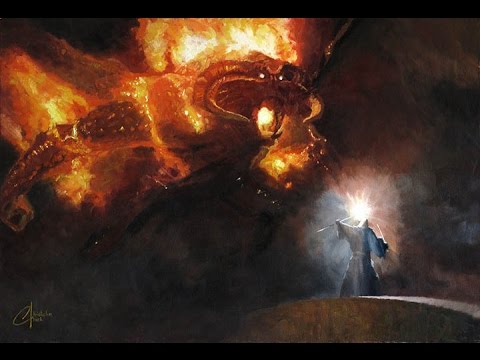

Some interesting techniques i learned about foley would be ones such as meat being hit and objects such as coconuts being used to simulate horse hooves, and things like water being ran through something to simulate falling water. (Sound Ideas, 2020)

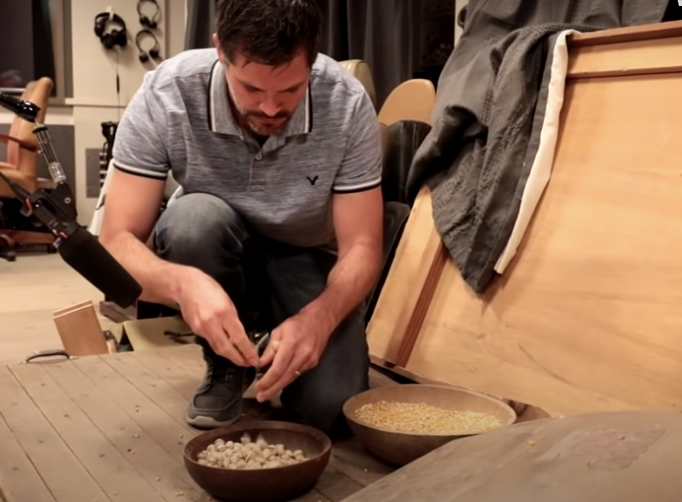
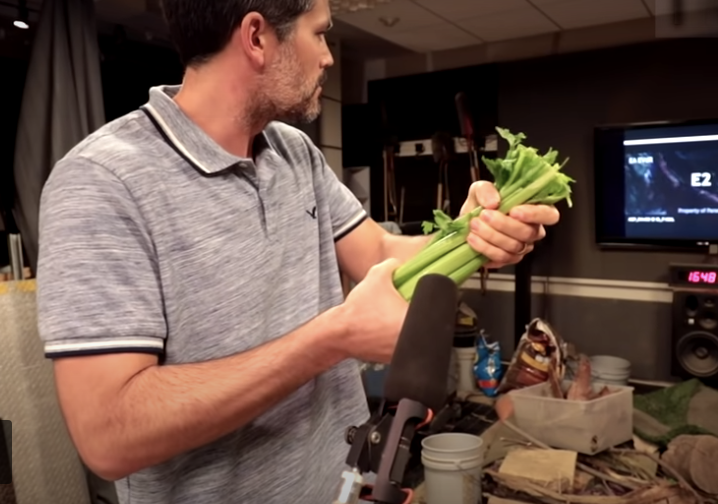
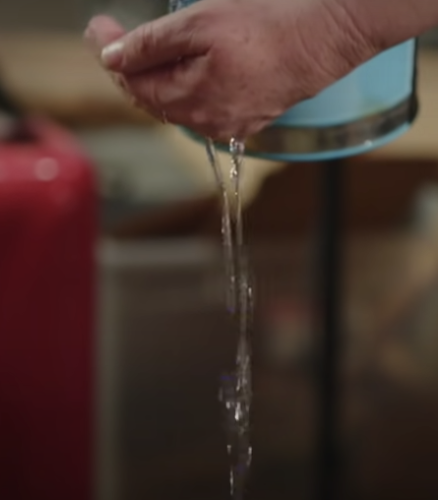
Watching these sounds being made with these techniques helped me better understand foley, and once I knew how sounds where made I began to notice them a lot more in any media that I watched, it also allowed me to think more creatively when thinking about what sounds could be used for what.
In general foley is used to simulate sound, it is mostly used in animated movies and movies with CGI, if a foley artist has done their job well you shouldn’t be able to notice the sounds aren’t actually what they are supposed to sound like, they are also extremely important for movies such as WALL-E among other animated or CG heavy movies, as without sound most movies would feel lifeless and expressionless. (Masterclass, 2020)
Many different sounds can be made from the same prop or item, such as coffee beans for example, they could be used for gravel, sand, snow, head hitting soft ground, feet or hands touching ground etc, this resourcefulness is common with Foley Artists.
A scene that comes to mind when thinking of creative uses for foley is a scene from the LOTR, where the hobbit Baggins walks back into his home, when the door opens the Foley artist is actually recording a cabinet being opened, whilst the other foley artist is recording background noise like the lights flickering and the light footsteps of the shoeless hobbit.
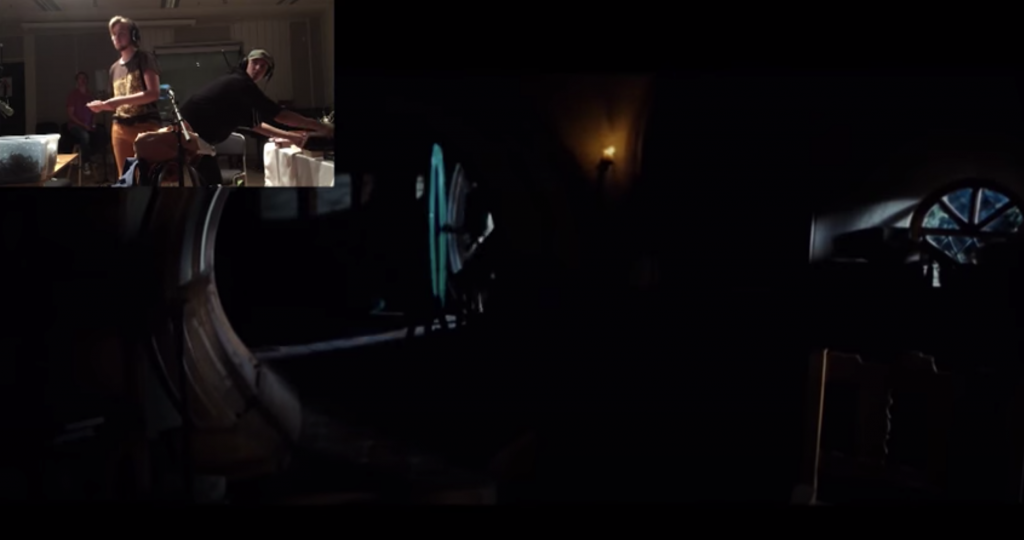
As seen in all the previous examples to some degree, specific equipment and studios are used by professional Foley Artists, to ensure that the audio is as clear and audible as possible, they use specific facilities of which ensure no outside noise can be heard, and they use specific microphones to capture even the faintest of sounds. (Singer, 2020)
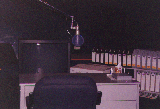
Inside these studios the Foley Artists use props such as stools, chairs, cabinets, lamps, and other destructible items and useful tools to help create sounds, such as a bar fight of which consists of people being hit and furniture being destroyed, as seen earlier the meat being punched could be used for fists, and things such as stools and chairs being smashed and broken could be used for the fight audio.
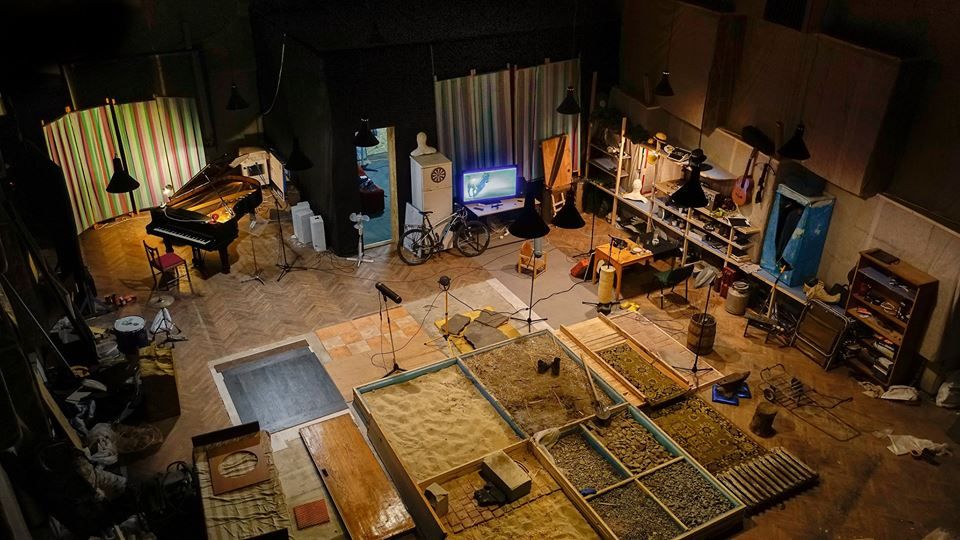
As seen in the photo these workshops can be vast and can contain a very large amount of different surfaces and textures, props and devices all to ensure that the captured audio is just right, for example the sand and brick and carpet could all be used for many different sounds, along with more specific items like the piano and bicycle, which could be used for more limited sounds but would be better then recording them naturally. (Usv, 2020)
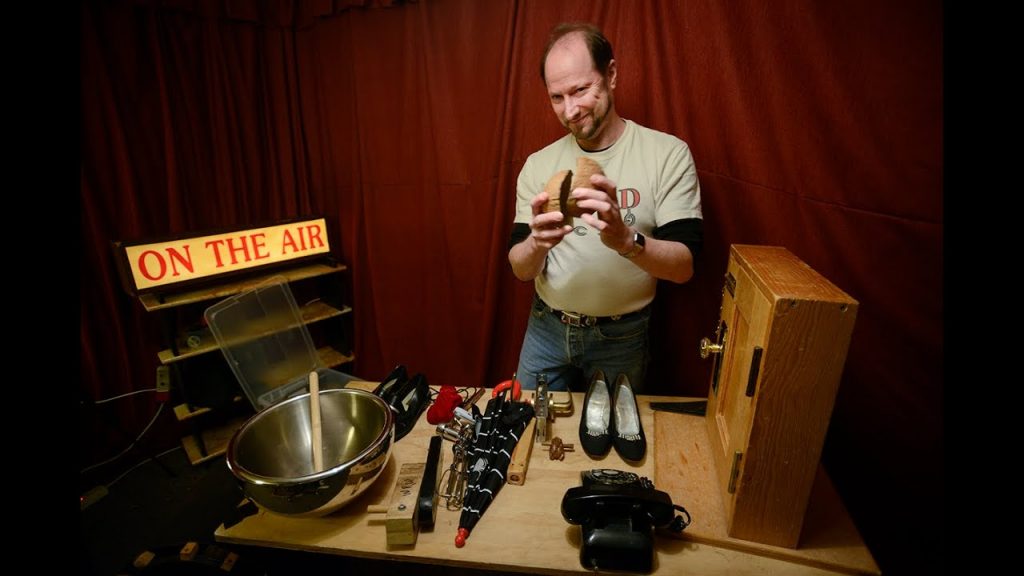
And as seen in this photo many specific tools can be used to create extremely specific sounds, such as the coconut being used to create a horse hoof sound effect, the shoes tapping to create footsteps, the bowl and cabinet being used to create other sounds, it shows how many different sounds can be created using everyday objects. (Usv, 2020)
A Foley team is traditionally made up of;
Foley Team leader
Foley Engineer
Foley Artist
Typically the teams will include around 4-6 people, each with a different objective and ideas of which sounds to use, and when working together some extraordinary sounds can be produced, which match scenes better then the real things. (Wikipedia, 2020)
Foley can also be used for comedic effect when actively shown to the viewer, such as in Monty Phyton and the Holy Grail, a comedy of which often showed its actors using makeshift items like a coconut to simulate a horse trodding or the actors waving their hand as if they where holding onto a saddle, despite it being blatantly obvious that their was no horse, and the sound was coming from the coconuts, it enhanced the comedic effect, although this is rather rare and was popularised by shorts like Monty Phython.
Foley being seen by the audience can also be used in screen plays, to varying degrees of visibility, much like Monty Python, some plays would include the actors making the noises, although they wouldn’t always be as visible. (el toro, 2020)
On the complete other end of the spectrum, Foley sound can also be used to record the subtlest of sounds, such as a teardrop hitting the tial floor, or a distant bird chirping, or even a cigarette being flicked between dialogue, it’s these types of sounds that help immerse the viewer into the experience.
References:
el toro, 2020. [online] Youtube.com. Available at: <https://www.youtube.com/watch?v=ZmInkxbvlCs> [Accessed 15 December 2020].
Great Big Story, 2020. [online] Youtube.com. Available at: <https://www.youtube.com/watch?v=UO3N_PRIgX0> [Accessed 15 December 2020].
Insider, 2020. [online] Youtube.com. Available at: <https://www.youtube.com/watch?v=cpE_s5K4J4g> [Accessed 15 December 2020].
Academy Originals, 2020. [online] Youtube.com. Available at: <https://www.youtube.com/watch?v=U_tqB4IZvMk> [Accessed 15 December 2020].
Wikipedia, 2020. Foley (Filmmaking). [online] En.wikipedia.org. Available at: <https://en.wikipedia.org/wiki/Foley_(filmmaking)> [Accessed 15 December 2020].
Masterclass, 2020. [online] https://www.masterclass.com/articles/film-101-understanding-foley-sound-and-why-foley-sound-is-important#4-ways-foley-effects-enhance-a-film. Available at: <https://www.masterclass.com/articles/film-101-understanding-foley-sound-and-why-foley-sound-is-important#4-ways-foley-effects-enhance-a-film> [Accessed 15 December 2020].
PremiumBeat, 2020. Recording Foley And Sound Effects: The Fundamentals. [online] The Beat: A Blog by PremiumBeat. Available at: <https://www.premiumbeat.com/blog/recording-foley-and-sound-effects-the-fundamentals/> [Accessed 15 December 2020].
Sound Ideas, 2020. Foley Effects | Foley Artists | Foley Sound | Sound Ideas. [online] Sound-ideas.com. Available at: <https://www.sound-ideas.com/Page/what-is-foley.aspx> [Accessed 15 December 2020].
ZapSplat, 2020. Foley – Zapsplat – Download Free Sound Effects. [online] ZapSplat – Download free sound effects. Available at: <https://www.zapsplat.com/sound-effect-category/foley/> [Accessed 15 December 2020].
StudioBinder, 2020. Foley: The Art Of Sound Design. [online] StudioBinder. Available at: <https://www.studiobinder.com/blog/what-is-a-foley-artist/> [Accessed 15 December 2020].
Marblehead, 2020. The Art Of Foley – What Is It?. [online] Marblehead.net. Available at: <http://www.marblehead.net/foley/whatisitman.html> [Accessed 15 December 2020].
Singer, J., 2020. How To Create Foley Sound Effects | How To Make Your Own Foley. [online] Aimm.edu. Available at: <https://www.aimm.edu/blog/how-to-create-foley-sound-effects> [Accessed 15 December 2020].
Usv, 2020. The Foley Artist | Cogswell University Of Silicon Valley. [online] Usv.edu. Available at: <https://usv.edu/blog/the-foley-artist/> [Accessed 15 December 2020].




